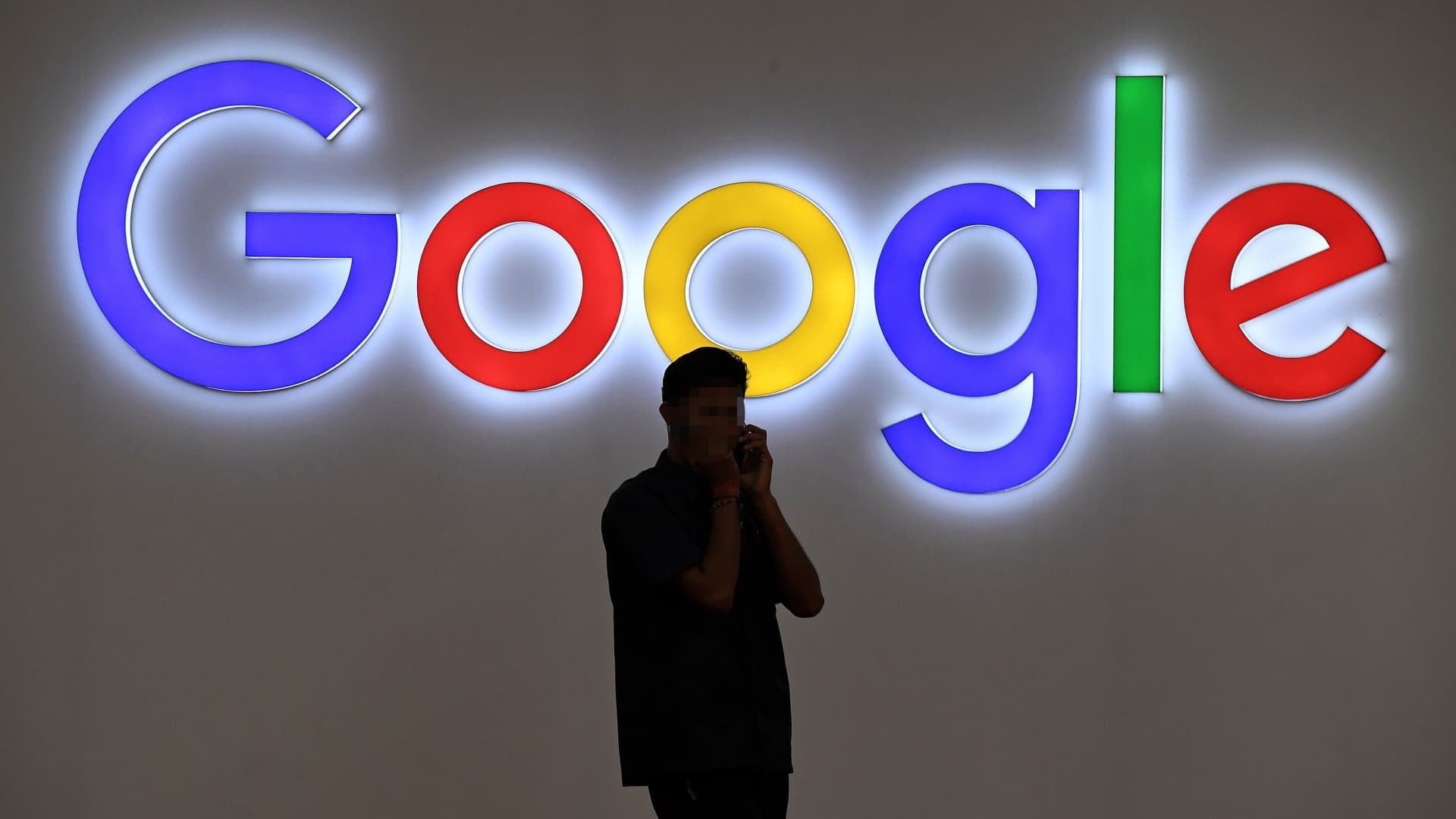Google will invest about $10 billion to build a 1 gigawatt AI data center campus in Visakhapatnam, India. The Google Cloud project emphasizes renewable energy, a dedicated grid link, fiber infrastructure, thousands of jobs, and capacity for AI in cloud computing by around 2028.

Google plans to invest roughly $10 billion to build a major AI focused data center campus in Visakhapatnam, Andhra Pradesh. The 1 gigawatt campus is being positioned as one of the largest hyperscale data center projects in Asia and will include dedicated power and fiber infrastructure with a strong focus on renewable energy. Early operational phases are expected by around 2028, creating new options for enterprises seeking nearby AI infrastructure and low latency cloud services.
Major cloud providers are racing to place large scale infrastructure closer to fast growing markets. India combines huge digital demand with government incentives and improving grid and fiber connectivity, which makes large data center investments attractive. For Google Cloud, the campus supports regional cloud infrastructure capacity, improves data residency options, and enables new offerings for machine learning operations MLOps and AI in cloud computing.
This campus is more than buildings. It is an integrated energy and connectivity project designed to meet the continuous power needs of AI workloads and to enable data center automation and cloud architecture that supports high density GPU clusters. For businesses it means closer access to advanced AI infrastructure, lower latency for AI powered services, and more options for deploying machine learning models on Google Cloud.
One important question is how does AI improve data center efficiency. AI driven monitoring and workload orchestration can optimize cooling, predict hardware failures, and dynamically allocate resources to reduce power draw. These capabilities are central to sustainable data center operations and to broader efforts in green cloud computing.
Large AI data centers are power hungry. The dedicated grid link and renewable energy focus suggest an attempt to mitigate local grid strain while meeting corporate sustainability targets. Integrating 1 gigawatt of continuous load will require long term renewable contracts, coordination with utilities, and advanced energy management strategies.
The project will create demand for engineers, data center technicians, cloud security specialists, and AI operations staff. Roles in managing AI driven data centers and career paths in cloud infrastructure and AI are likely to expand. Local skills programs and hiring pipelines will determine how much of the economic benefit remains regional.
For Google Cloud, the Vizag campus strengthens regional capacity and resilience. It helps Google compete on capacity for AI services, supports enterprise cloud migration strategies, and bolsters offerings for MLOps and cloud security. Competitors are also expanding, so this move may reshape regional dynamics in cloud infrastructure.
Tax and regulatory assurances along with single window clearances could serve as a model for future public private partnerships in data center development. Transparency and oversight will be important given the strategic nature of the infrastructure.
Hyperscalers are investing heavily in AI ready infrastructure and automation to support growing enterprise AI workloads. Large capital projects carry risks around construction, energy procurement, and regulatory changes. Execution, renewable energy sourcing, and local workforce development will determine the long term success of the project. Businesses should consider how closer access to hyperscale AI capacity may change application design, latency expectations, and compliance planning.
Google's reported $10 billion investment for a 1 gigawatt AI data center campus in Visakhapatnam is a landmark for regional cloud and AI infrastructure. If delivered as described, it will accelerate access to advanced AI services, support green cloud computing goals, and reshape local economies. Enterprises, policymakers, and cloud professionals should watch the rollout and consider opportunities in cloud migration, AI operations, and sustainable infrastructure.



